The earliest photographs, most dating from the second half of the 19th century, regularly feature rows of dour-faced subjects, glaring at the camera with their mouths firmly closed. Smiling was not considered appropriate in these early portraits, even on occasions that were supposed to be filled with joy, such as weddings.
There were a number of reasons why smiling did not feature in early photographs; some were cultural, others practical. Early photographs followed the conventions of traditional portraiture, requiring their subjects to look serious and dignified.
The purpose of a photograph was to capture an individual’s likeness, not to preserve a unique moment in time. As a result, posing for a photograph was very similar to posing for a painted portrait, and was considered to be a serious business.

In addition to these stylistic and cultural reasons, however, smiling was not encouraged in early photographs due to the limitations of camera technology.
Early cameras tended to have very long exposure times, requiring subjects to remain completely still for around a minute as the photograph was being taken.
As it would have been difficult for subjects to hold a smile for this length of time, photographers tended to ask their subjects to present a more serious face.

This photograph, however, taken in 1853, represents a remarkable deviation from this general trend. Labeled simply as “Willy”, the subject appears to have been caught in a candid moment, looking off to the side with a smile playing on his lips, instead of looking straight on and posing for the camera.
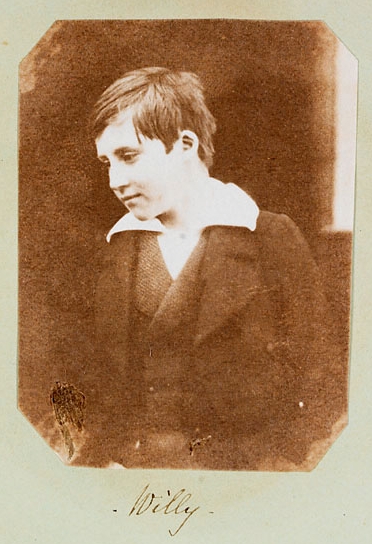
The boy pictured in the photograph is 18-year-old William Mansel Llewelyn, the son of John Dillwyn Llewelyn, who was one of the earliest Welsh photographers and a noted botanist. According to Wales Online, photography appears to have been a shared family passion for the Dillwyns.
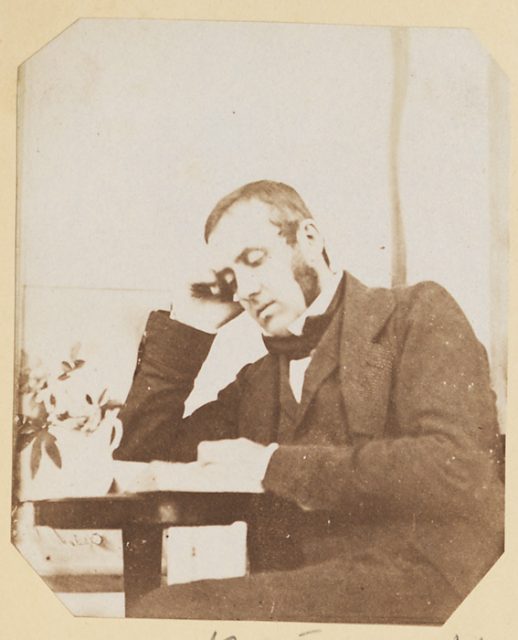
They were related by marriage to Henry Fox Talbot, who invented early photographic technologies, including the salted paper and calotype processes.
This particular picture, however, was taken by Willy’s aunt, Mary Dillwyn, one of the first female photographers and certainly the first female photographer in Wales.
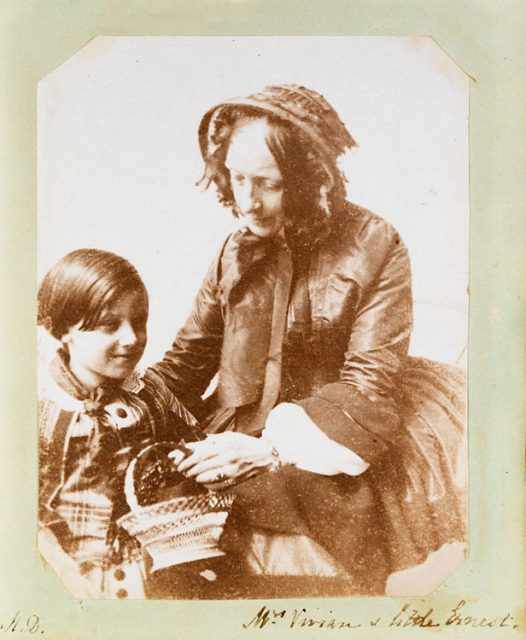
Mary, together with other members of the family, experimented with various types of photographic technologies and new approaches, favoring smaller cameras with shorter exposure times.
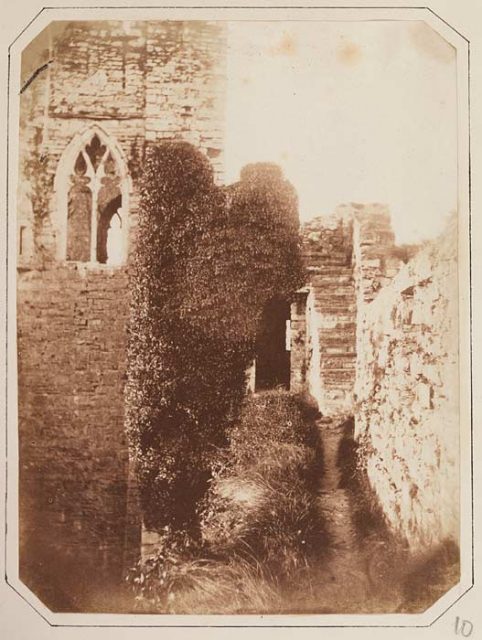
According to Wales Online, these smaller models offered greater flexibility and were easier to handle than the more cumbersome, complex machines used to take photos in the mid-19th century.
As a result, Mary was able to capture candid, spontaneous images that offer a fascinating insight into 19th century life in Wales, and are markedly different from the majority of other early photographs. These intimate portraits and scenes, including the enigmatic picture of Willy, form part of her personal collection of photographs, now held at the National Library of Wales.

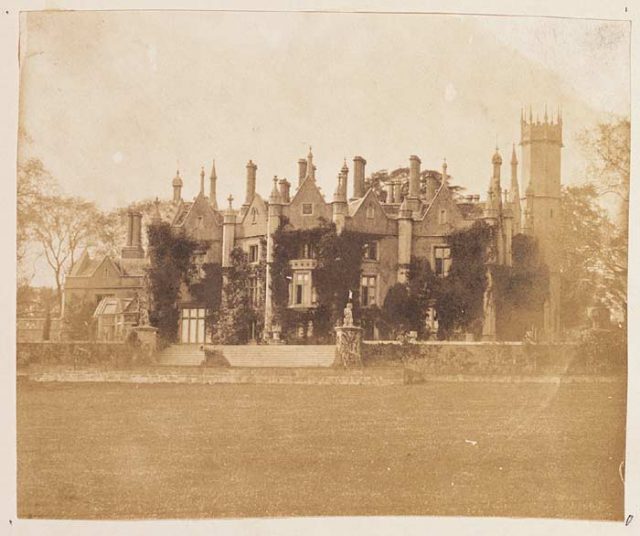


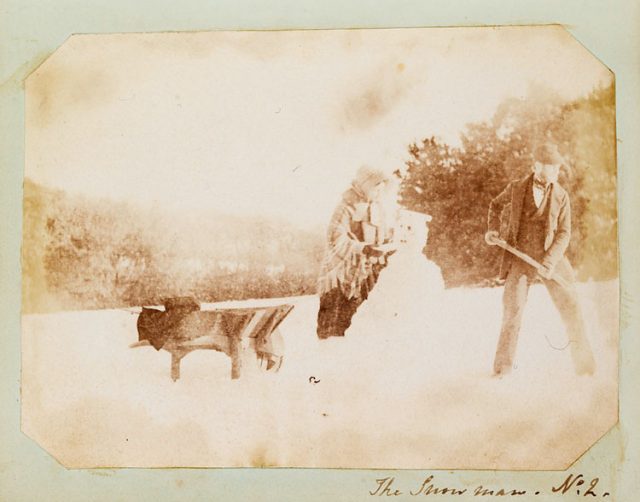

Mary, together with the other keen photographers in her family, was a pioneer of photography as an art form. Her collection includes some remarkable images, depicting life at her home in Wales, intimate moments between friends and family members, and the flora and fauna of her local area. In addition to “Willy”, featuring the first smile ever to be photographed, she is also credited with producing the first photograph of a snowman.
However, perhaps her most significant image is the famous “peeping girl”. This image captured the first “photobomb” ever recorded, anticipating a trend that would become popular over 150 years later.
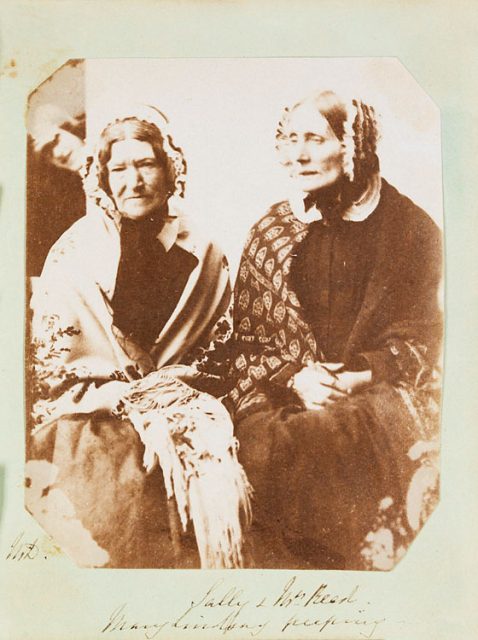
In this image, Mary was busy photographing a pair of elderly ladies, when an unknown person peeped around the side of a door in the background, at just the right moment.
As a photographer, Mary Dillwyn was an important figure in the early history of the art form. Focusing primarily on domestic subjects, taken in candid, intimate shots, she pushed the boundaries of who and what should be considered appropriate subjects for a photograph, and thus provided a singular insight into rural Welsh domestic life in the 19th century.
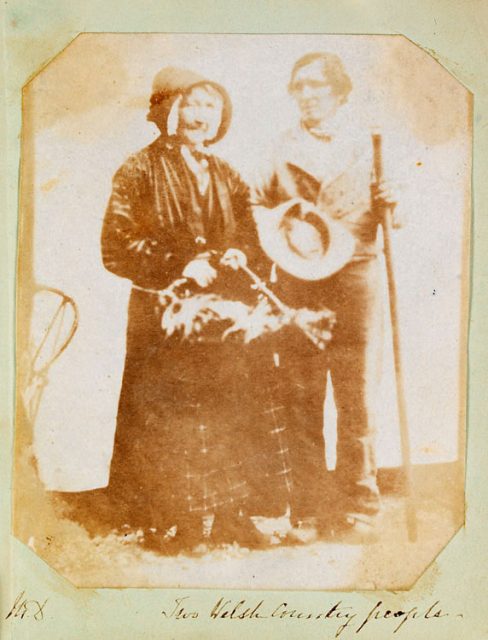
Furthermore, many of her subjects, in addition to Willy, are pictured relaxed and smiling, which was extremely unusual for the time.
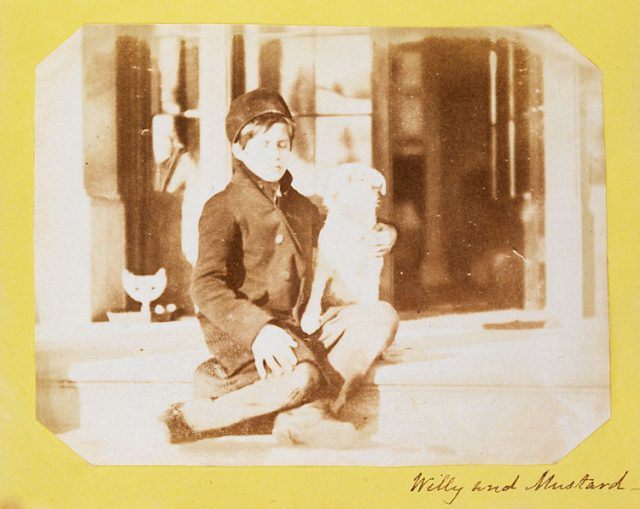
Many of Mary’s photographs were included in albums dominated by photographs taken by her brother, leading historians to overlook her contribution to the development of the art of photography.
Read another story from us: Rare Old Photos show how people lived in the 1850s
Finally, thanks to the work of the National Library of Wales in identifying and preserving her images, her work is finally receiving the credit it deserves.
